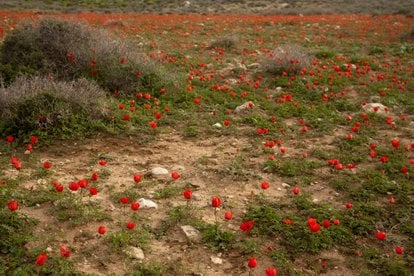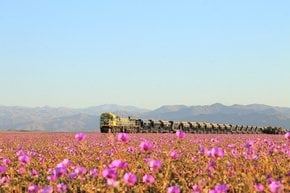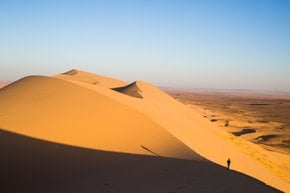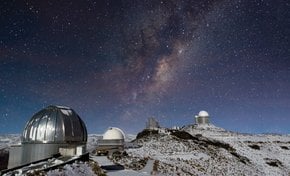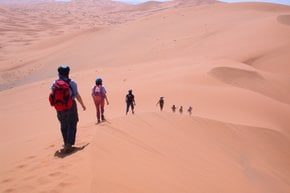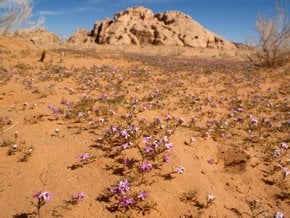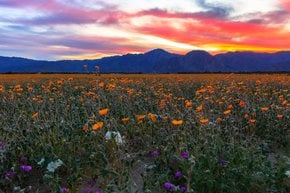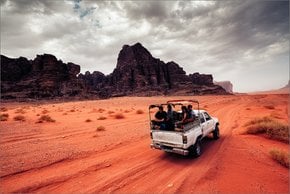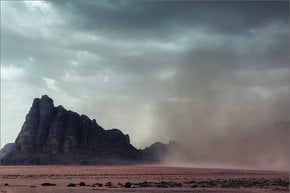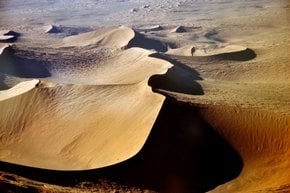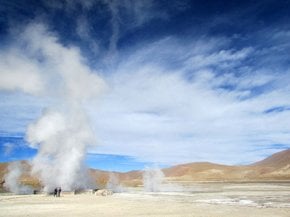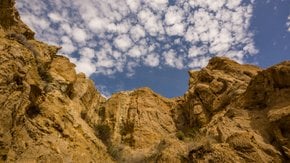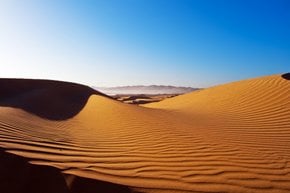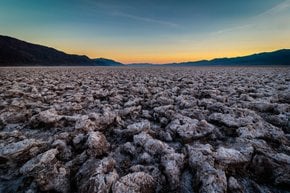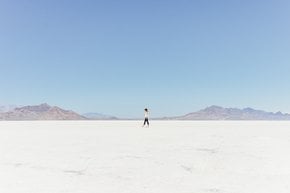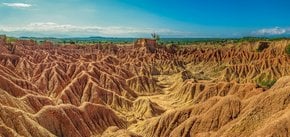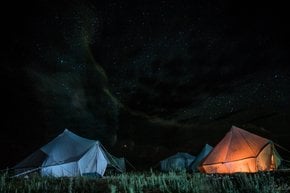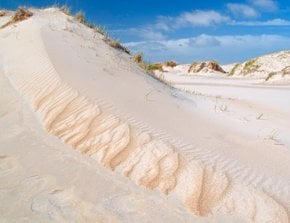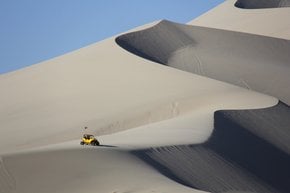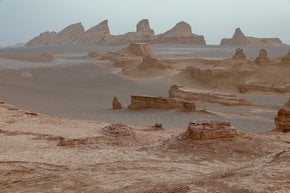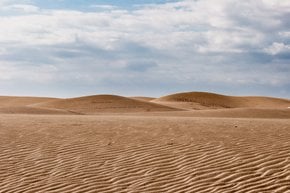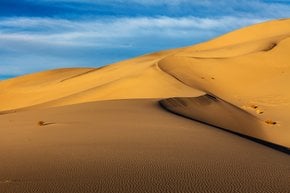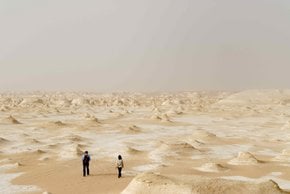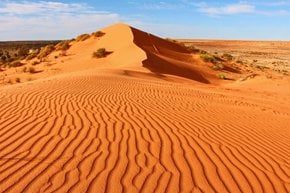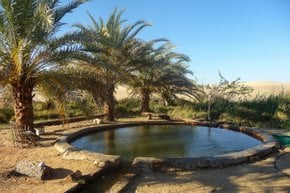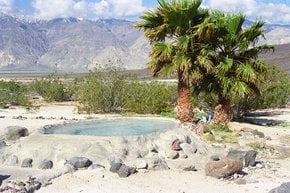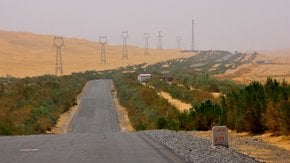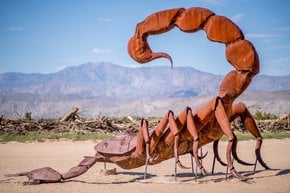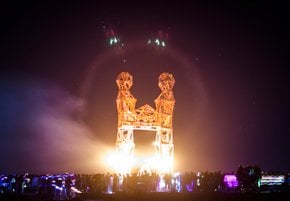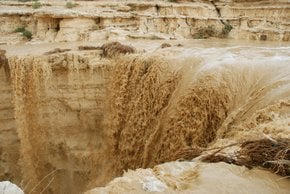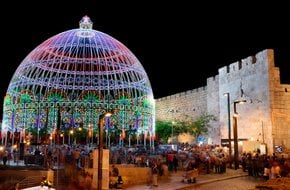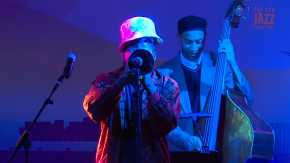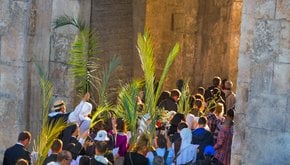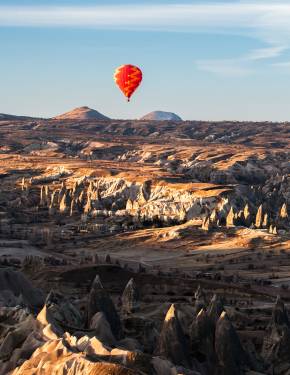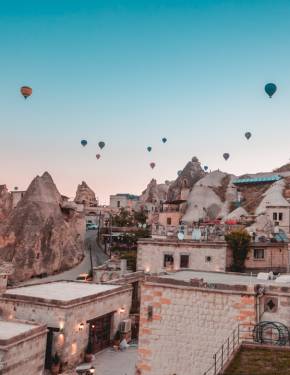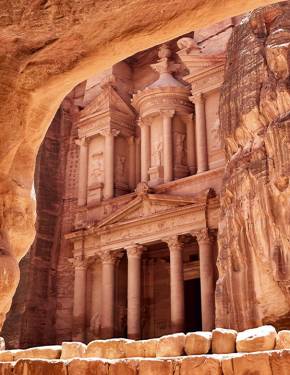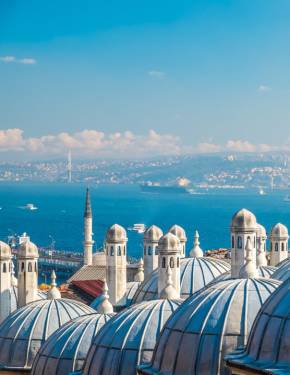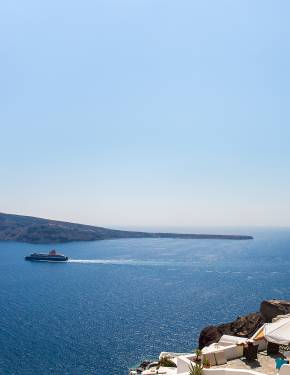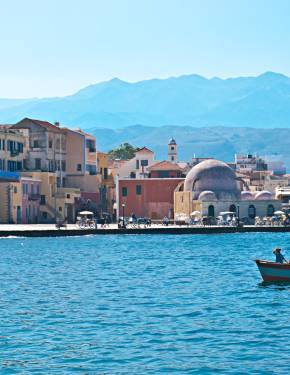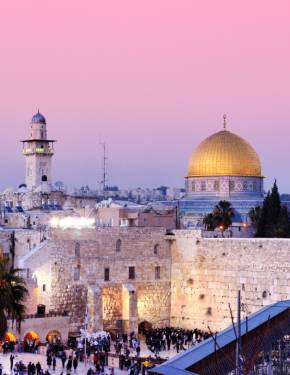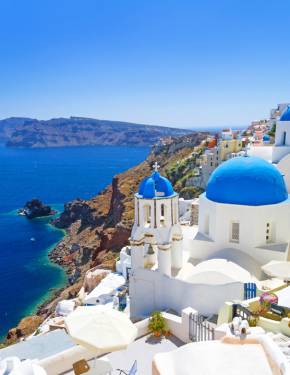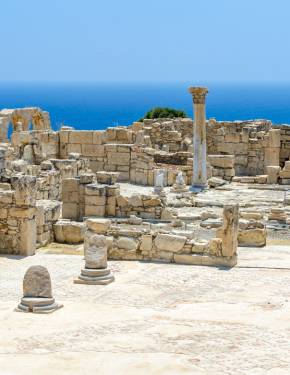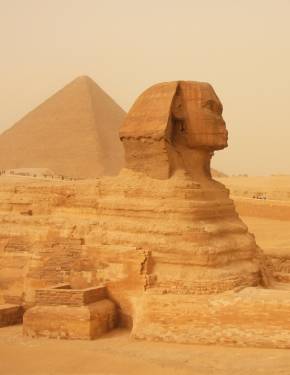Desert Flower Blooming Season in Israel 2026
Enjoy the scenic views of the Negev desert with its infinite flowery fields
Best time: February–April
Every year, between late winter and early spring, Israel’s arid landscapes undergo a striking transformation. Following the seasonal rains, vast areas of the Negev Desert and surrounding regions become blanketed with colorful wildflowers, creating a rare and temporary spectacle.
This natural phenomenon, known as the desert bloom, attracts nature enthusiasts, photographers, and researchers eager to witness the vibrant contrast between the dry terrain and lush floral displays.
Northern Negev and Anemone Fields
One of the most accessible locations for viewing the desert bloom is the northern Negev, where vast fields of red anemones (Rakefet) cover the landscape. The annual Darom Adom (Red South) Festival celebrates this event. Entry to public areas is free, though some guided experiences may require booking in advance. Visitors can hike independently or join organized excursions that provide insights into the region’s flora and fauna. The area is family-friendly, with picnic spots and designated trails for easy walking.
Iris Reserve, Netanya
Located south of Netanya, near the Mediterranean coast, the Iris Reserve is a one of few places in Israel where visitors can see the rare and striking Netanya Iris in bloom. The flowering season peaks in February and March, drawing nature enthusiasts and photographers eager to capture these unique blossoms.
Visitors can enjoy scenic coastal views, well-marked hiking trails, and a tranquil escape within the city. While the trails are sandy and can be slightly challenging, they provide an excellent opportunity for a short nature walk lasting about an hour. Due to the lack of shade, it is advisable to avoid visiting on particularly hot days. Wildlife sightings, including harmless black snakes, are also possible.
Ein Gedi Nature Reserve
For those interested in a mix of desert flora and subtropical vegetation, Ein Gedi offers a unique experience. Situated near the Dead Sea, this reserve features a variety of plant species, including acacia trees, caper bushes, and rare desert irises. Entrance fees apply, with standard rates around 30-40 NIS per adult. The reserve includes marked trails, waterfalls, and shaded areas, making it suitable for families. Pets are not allowed, and visitors should carry water due to the arid climate. Parking and restroom facilities are available on-site.
Makhtesh Ramon and the Negev Highlands
Makhtesh Ramon, a large erosion crater in the Negev, is another prime location for observing desert blooms. The highland areas receive slightly more rainfall, supporting plant species such as chamomiles, wild mustard, and desert tulips. Hiking trails vary in difficulty, with some suitable for beginners and others requiring more experience.
The Mitzpe Ramon Visitors Center provides information on trails and local conditions. Entry is free, but guided tours are available at additional costs. The town of Mitzpe Ramon offers lodging, dining, and other amenities for visitors.
Accessibility and Infrastructure
Most desert bloom locations in Israel are accessible by car, though public transportation options are limited. Northern Negev sites can be reached from Be’er Sheva, the nearest major city, via regional buses. Netanya and Mitzpe Ramon are also accessible by bus, though a personal vehicle is recommended for flexibility.
Parking is generally available at major sites, but visitors should check road conditions, as some trails require off-road access. Food and rest facilities vary by location, so carrying snacks and sufficient water is advisable.

